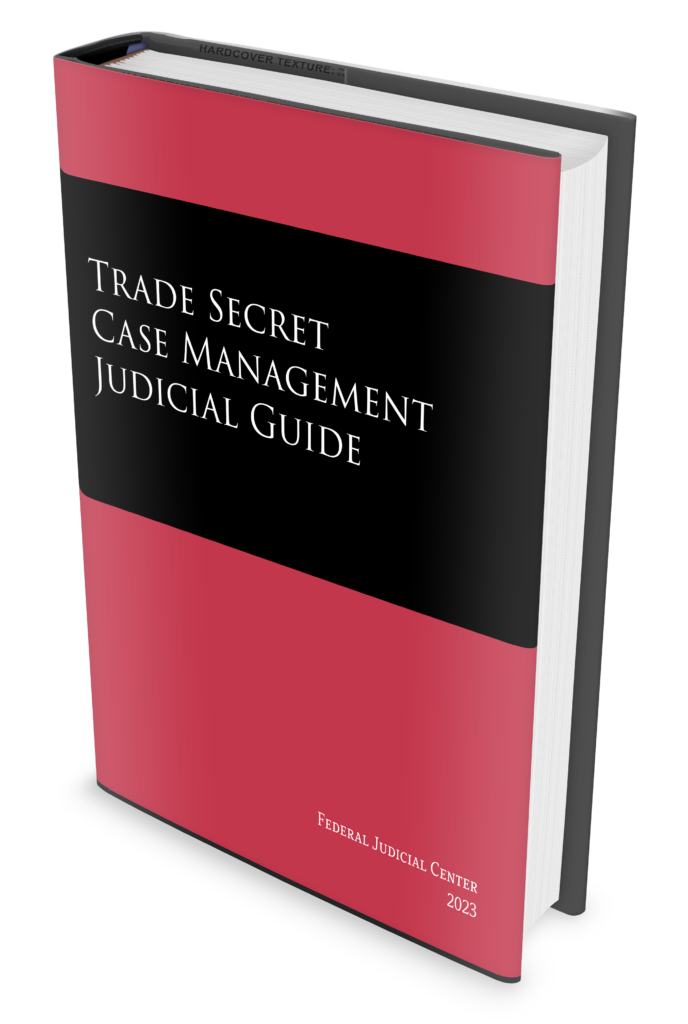Trade Secret Case Management Judicial Guide (2023)
As the knowledge economy expanded and concerns about trade secret misappropriation mounted in the digital age, federal policymakers undertook efforts to reinforce trade secret protection a decade ago. These efforts came to fruition with passage of the Defend Trade Secrets Act of 2016 (DTSA). This landmark legislation, modeled on the Uniform Trade Secrets Act, elevated and expanded trade secret law’s role in the federal intellectual property system. DTSA fully opened the federal courts to trade secret litigation as well as added several new features, including an ex parte seizure remedy and whistleblower immunity.
DTSA added to the large and growing federal caseloads. It also exposes more federal judges, relatively few of whom studied or litigated trade secret cases prior to their judicial appointments, to the distinctive challenges of trade secret litigation.
As with patent litigation, federal judges have implemented innovative approaches to managing trade secret litigation based on the distinctive features of these intangible resources. As with patent litigation, with its pretrial claim construction process, courts have developed practical strategies for identifying the protected trade secrets at issue. This task is complicated by the need to insulate trade secrets from public disclosure. Moreover, trade secret law often involves requests for pretrial equitable relief, which demands additional intensive case management. Furthermore, unlike patent law, federal trade secret law includes criminal law provisions. The interplay of civil and criminal trade secret cases further complicates case management.
Drawing on the PATENT CASE MANAGEMENT JUDICIAL GUIDE (3d ed. 2016)—with chapters organized in the stages of litigation and guided by an early case management checklist—the TRADE SECRET CASE MANAGEMENT JUDICIAL GUIDE provides judges with a comprehensive resource for surveying trade secret law and managing trade secret litigation.
